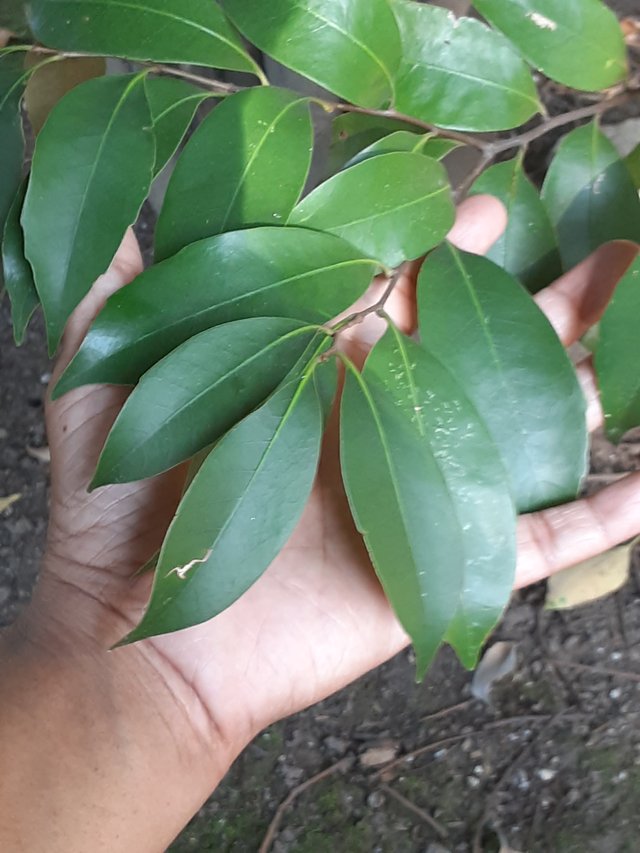
Prunus caroliniana, also known as Carolina cherry laurel, up is a small evergreen flowering tree native to the lowlands of the southeastern United States. It is a popular ornamental plant because of its glossy dark green leaves and fragrant white flowers.
The leaves of Carolina cherry laurel are simple, alternate, and evergreen. They are 2-4 inches long and 1-2 inches wide, with a pointed tip and an entire margin. The upper surface of the leaf is dark green and shiny, while the lower surface is paler and has a few small glands. The leaves have a faint almond scent when crushed.
Carolina cherry laurel is a poisonous plant. The leaves, bark, and seeds contain cyanogenic glycosides, which can release cyanide when ingested. Symptoms of poisoning include nausea, vomiting, headache, dizziness, and difficulty breathing. In severe cases, poisoning can be fatal.
The plant is also considered to be invasive in some areas. It can spread rapidly and crowd out native plants. For these reasons, it is important to be cautious when planting Carolina cherry laurel.
Here are some additional information about Carolina cherry laurel:
- It is a fast-growing plant and can reach a height of 30-40 feet.
- It prefers full sun but can tolerate partial shade.
- It is drought-tolerant and can grow in a variety of soil types.
- It is susceptible to a few pests and diseases, including scale, aphids, and leaf spot.
If you are considering planting Carolina cherry laurel, it is important to weigh the risks and benefits. If you do decide to plant it, be sure to take precautions to prevent poisoning, such as keeping it away from children and pets.
Ref.:
 |  |
Upvoted! Thank you for supporting witness @jswit.
Downvoting a post can decrease pending rewards and make it less visible. Common reasons:
Submit